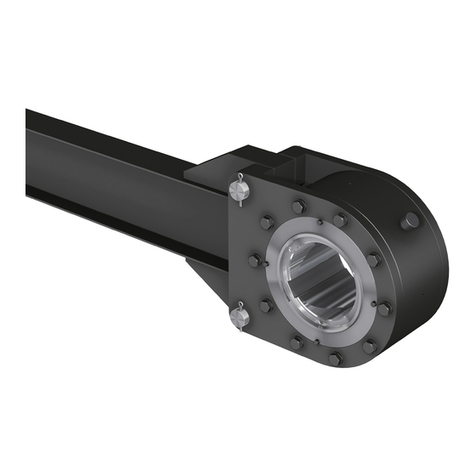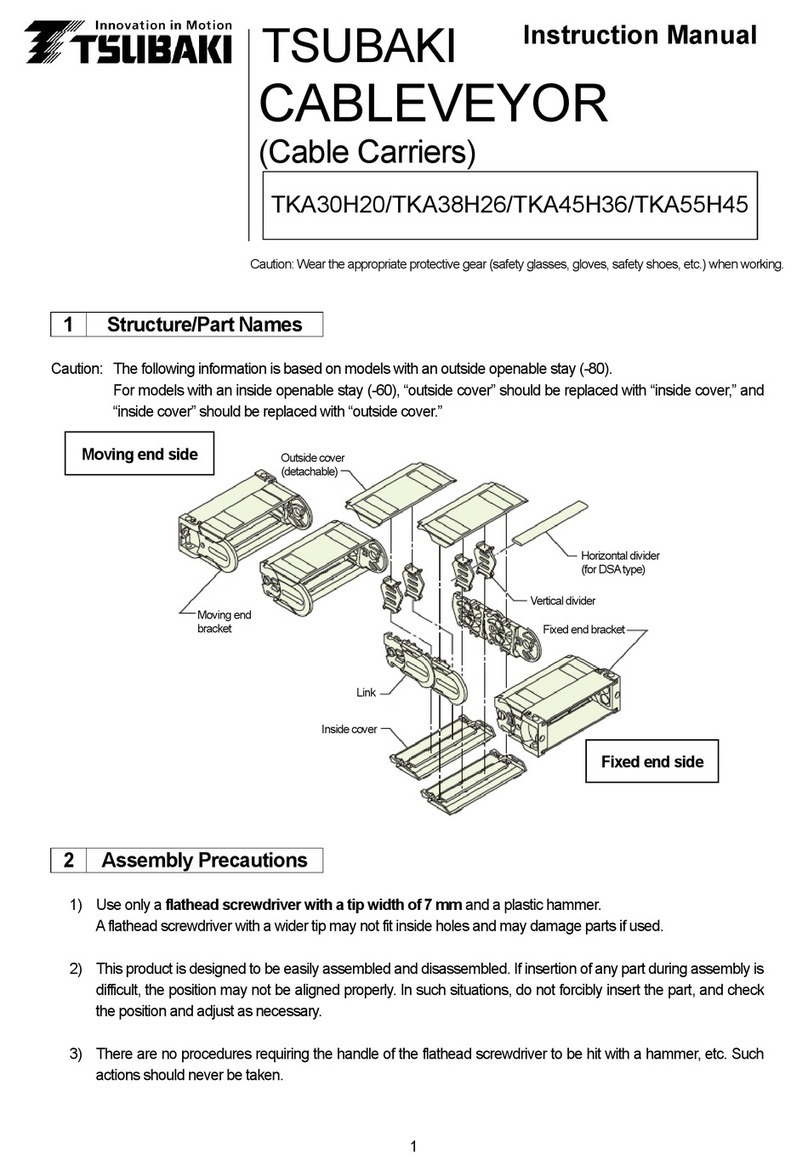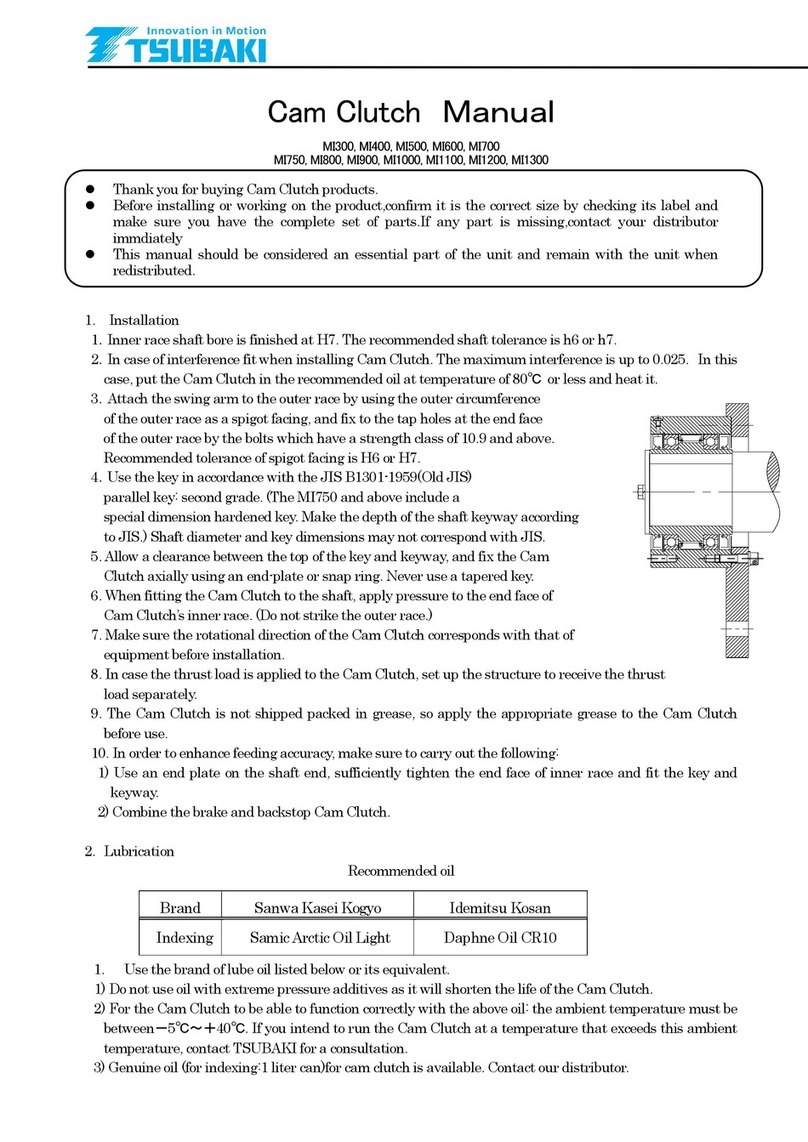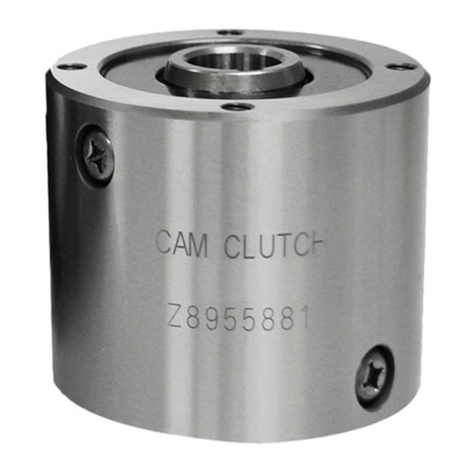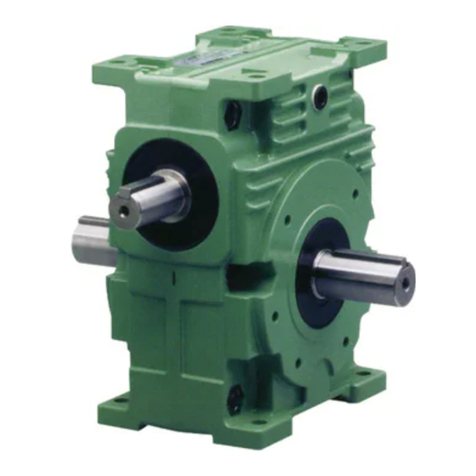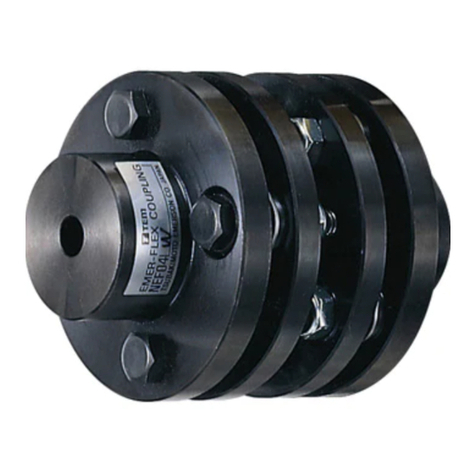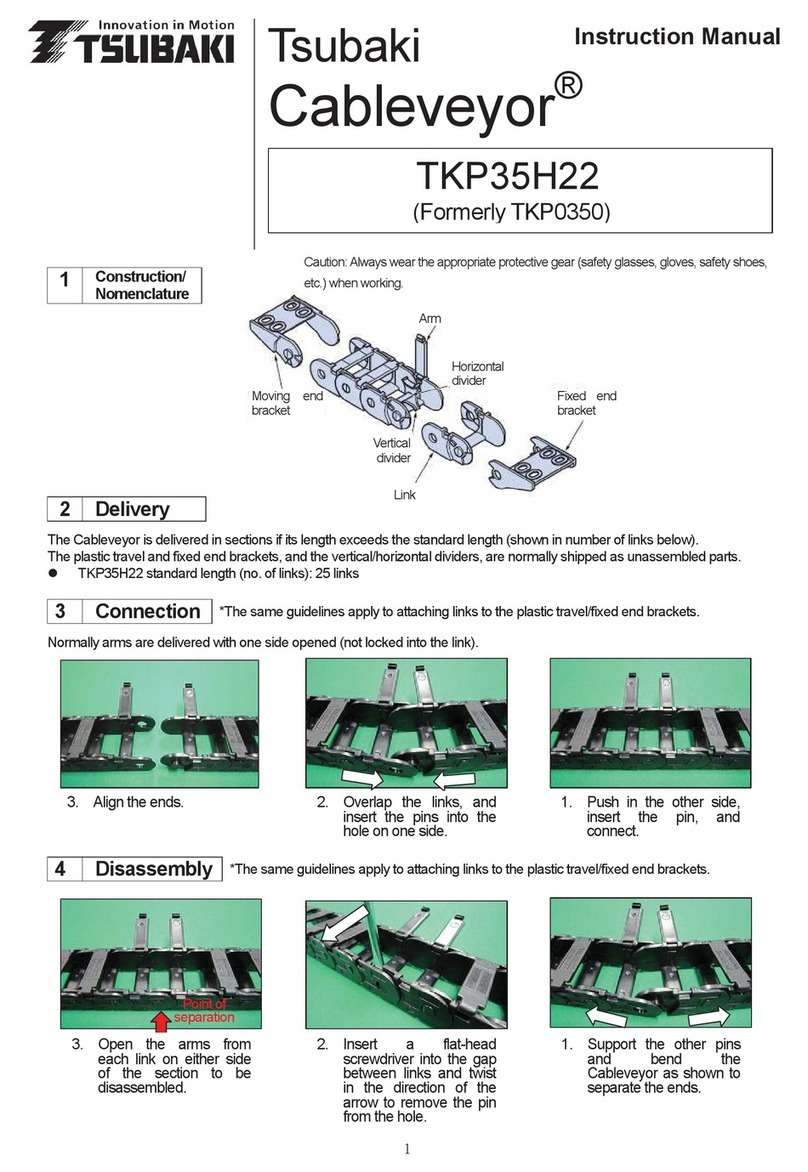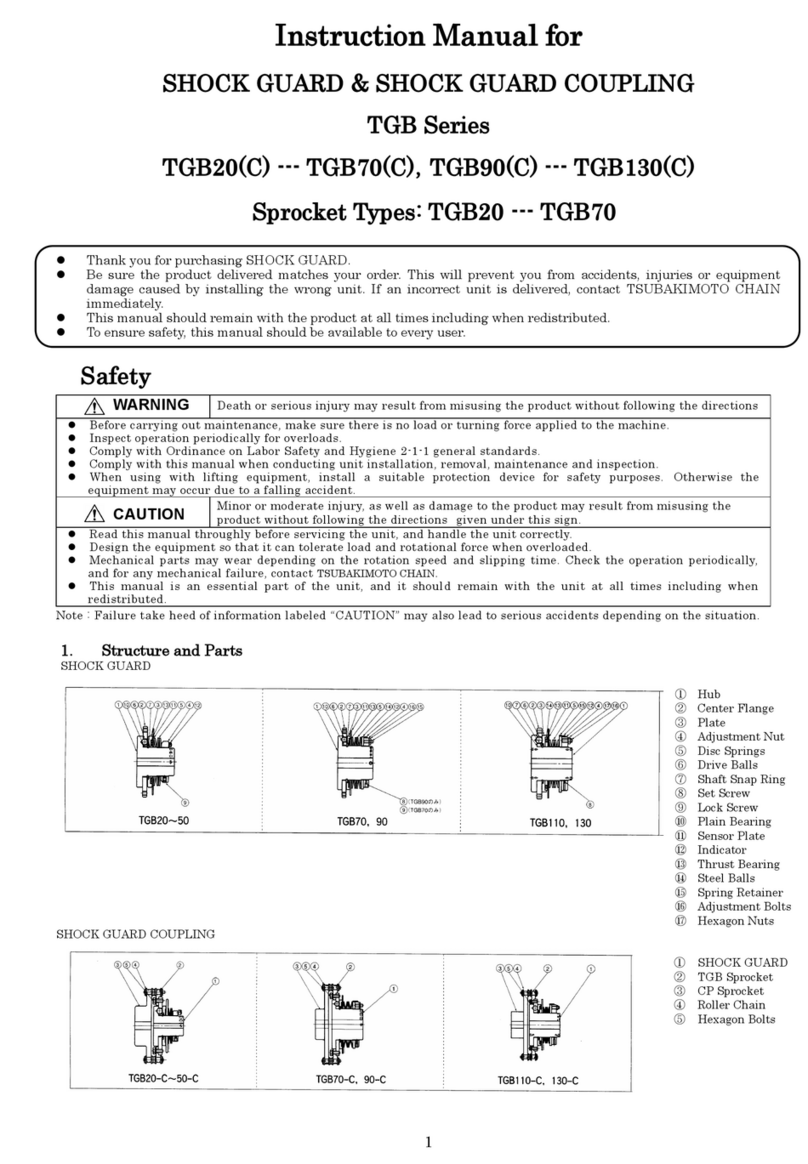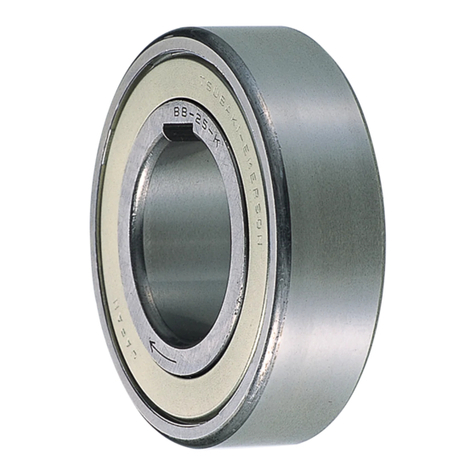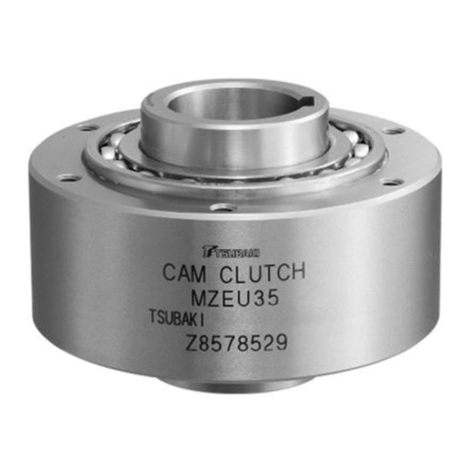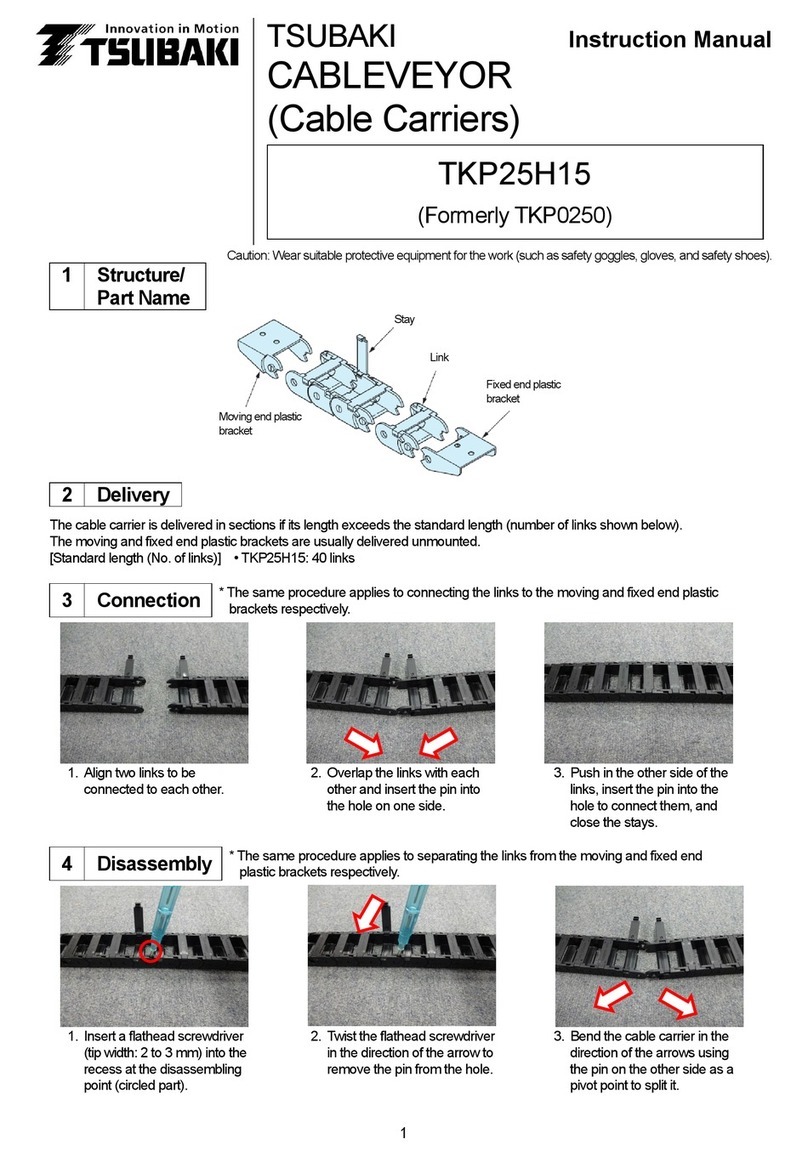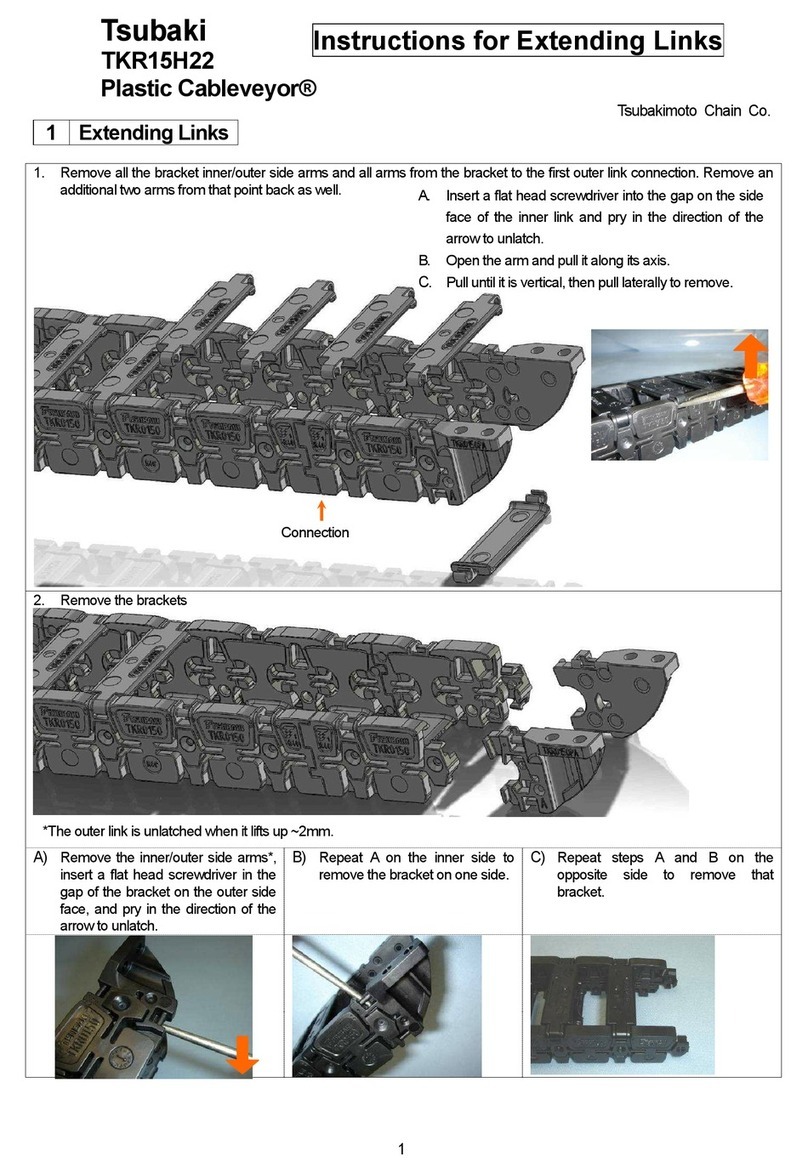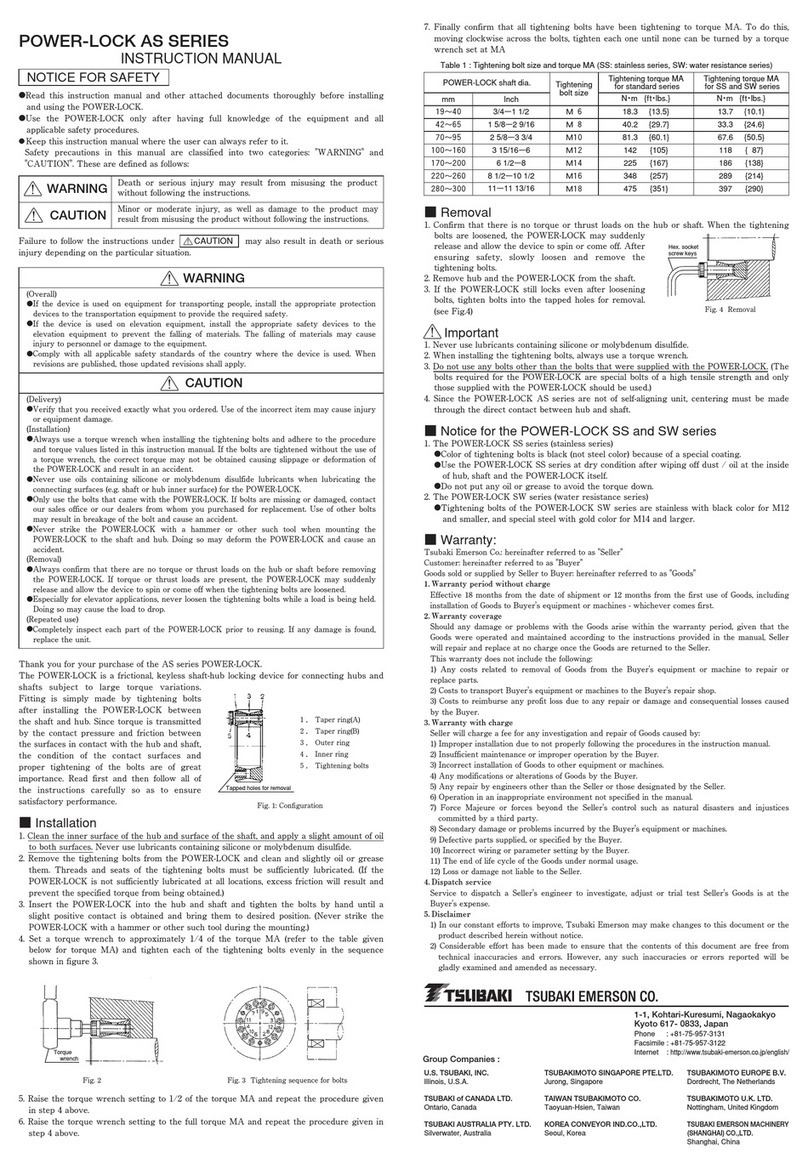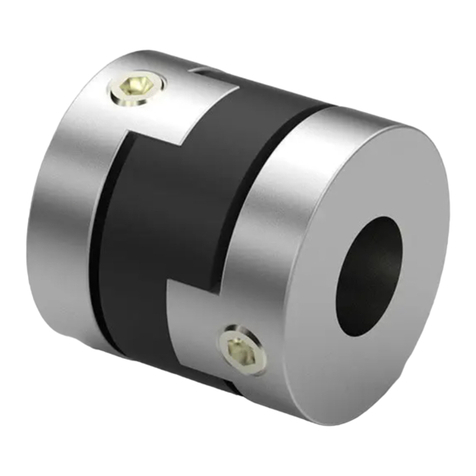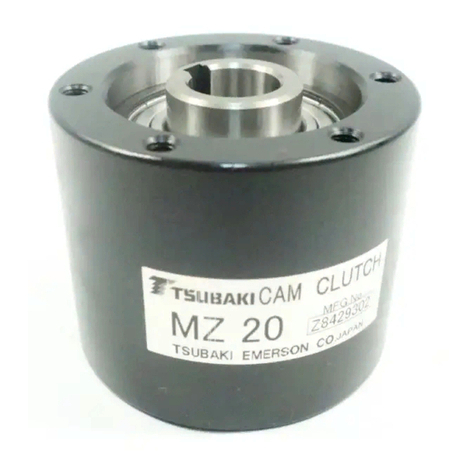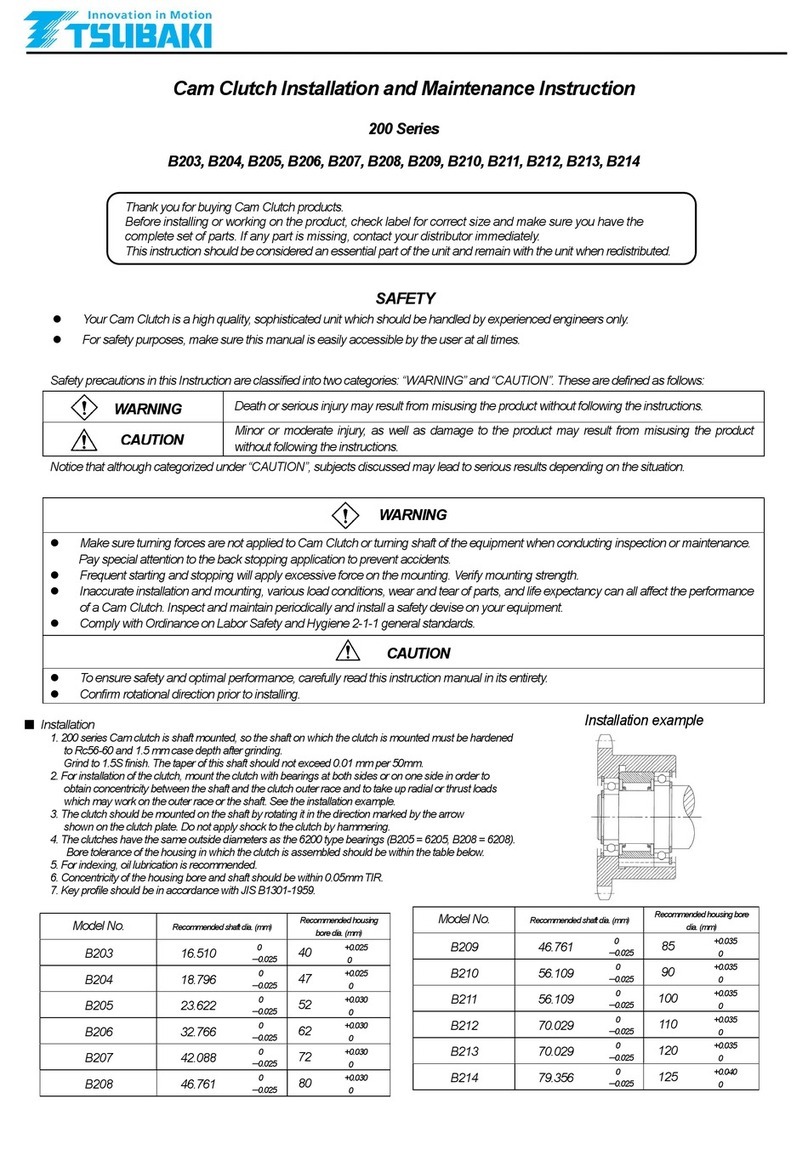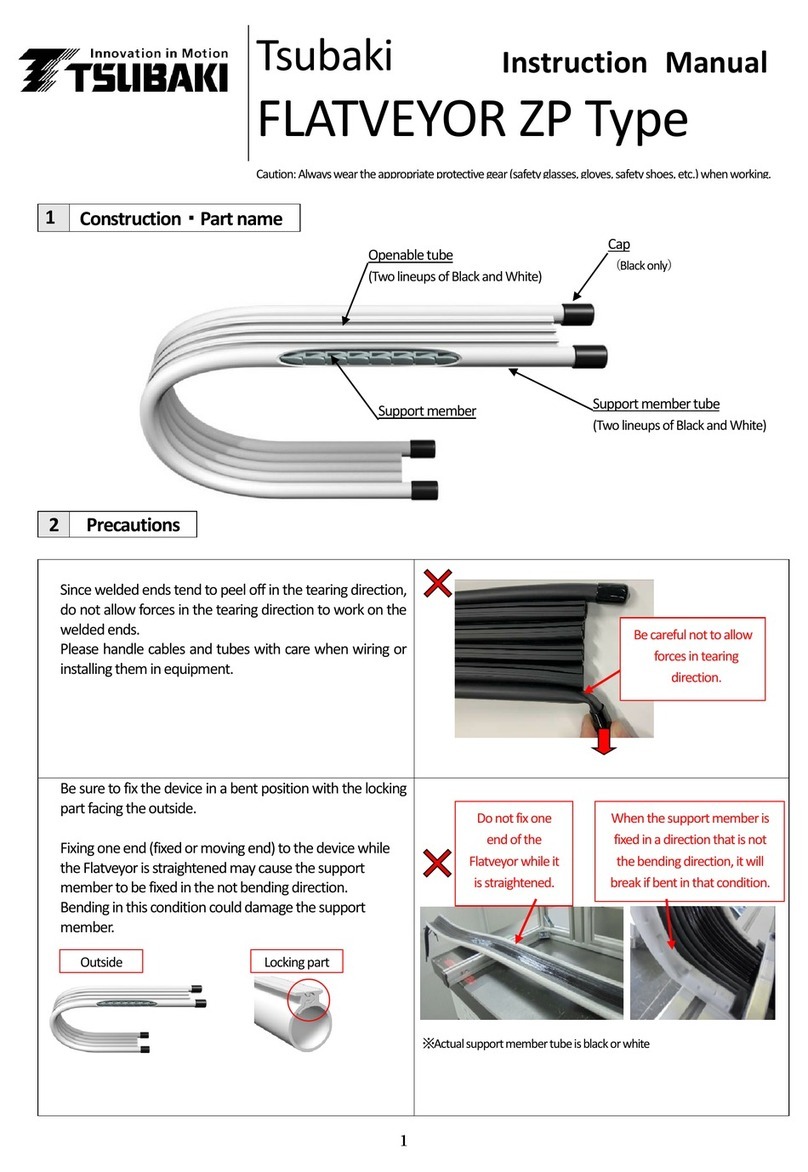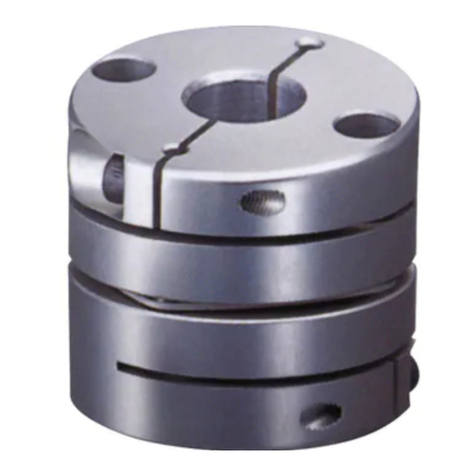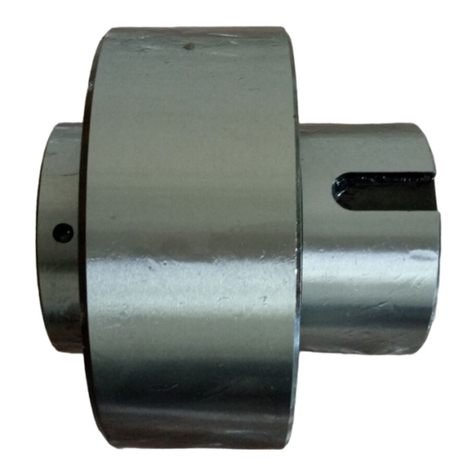
3
3. Disconnecting the Plastic Bracket
3-1. Find the set mark
Check that the triangular set mark on the end of
the bracket and the screwdriver mark printed on
the arm side of the bracket are aligned.
3-2. Disconnect the bracket
Insert a screwdriver into the groove between the
triangular mark and screwdriver mark on the
bracket. Pry open in the direction of the triangular
mark to release the lock. Release the lock on the
other side in the same way and remove the arm.
Flip the Cableveyor over and release the locks on
the opposite side.
Caution: Use a flat-head screwdriver with a narrow tip.
Forcefully inserting a broad tipped screwdriver may cause
Cableveyor breakage.
3-3. Bracket assembly
Insert the projection on the opposite side of the
screwdriver mark on the bracket arm diagonally into
the groove on the bracket. When you do so, the
screwdriver mark and the triangular mark on the
bracket will align in the same direction. (The arm
shape in the opposite direction differs and the arm will
not insert.) With both left and right sides properly
inserted into the grooves, push the arm down in the
direction of the screwdriver mark until you hear a click.
If you cannot push the arm in by hand, tap it in lightly
with a plastic hammer.
3-4. Points on fastening the bolts on both ends of the plastic bracket.
1) There is a risk of breakage if there is any unevenness on the surface where the plastic bracket will be attached.
Ensure the attachment face is as smooth and level as possible.
2) Be careful so as not to over-tighten the plastic bracket attachment bolts and cause breakage. Always insert a washer
between the bolt and the plastic bracket for brackets with straight holes.
3) The plastic brackets are made of resin with a high elastic deformation. Conduct regular inspections to ensure that
bolts have not loosed.
Recommended M8 bolt fastening torque: 3.9N
m (0.4kg
m)
Triangular
mark
Screwdriver mar
Use a screwdriver with a 4.5mm or
smaller ti
.
